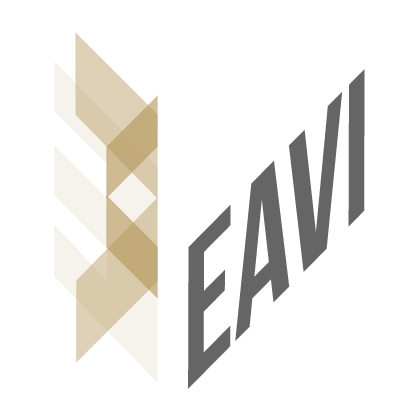
On June 12th-14th 2013 we gave our second workshop on Embodied Sonic Interactions at Parsons, New School of Design, New York.
Myself , Baptiste Caramiaux and Atau Tanaka were invited to work with Scott Pobiner (Parsons Assistant Professor, Designing Strategies) to deliver a 2 days workshop to a group of students coming from different areas of Design, Music and Performing Arts.
FORM FOLLOWS SOUND workshop was introduced by a lecture from Atau Tanaka, on our research on Embodied Sonic Interactions.

Atau Tanaka’s lecture on Embodied Sonic Interactions
A video of the full lecture is available on youtube.
workshop website – http://eavi.goldsmtihsdigital.com/FFS
On the 1st day participants were involved in a series of activities to sensitise attention to sound, such as Sonic Incident and Sonic Mimic Game and writing association between sound, action and everyday (sonic experience).The workshop was articulated in 2 days, adopting a similar structure to the pilot we did at Goldsmiths one month ago.
We use descriptor cards to guide this process, but we included empty ones they could use to add words.






At the end of the 1st day Baptiste introduced a technical tutorial on designing interactive sound with Max 6, using micro accelerometer 3d we provided to participants (Axivity Wax), user-friendly Machine Learning interfaces and sound-design scenarios.
Participants ended the day familiarising with the interactive system.




On the 2nd day participants were grouped and chose one sonic interaction each to prototype, realise, perform and present to the others.






After final test, 5 groups realised 5 working demos for the public, followed by an open discussion.




In the demo proposed we observed a series of demos that use sound as an expressive medium to drive an imagined interaction in the everyday, mainly expressed through augmentation of objects or parts of the body.
It is interesting to notice that none of participants produced a musical instrument.
Sound was used to drive sequence of actions, situated in the everyday, relating them to the sonic experience described on the first day.
The limitations and constraints of the system proposed were translated and used proficiently in terms of designed objects.
MachineLearning techniques were understood in such terms and translated in building physical constraints to let the system works as designed.


The participants put an extreme energy in the whole workshop and we want to personally say thanks to all of them, Dan Winckler for the video documentation, Bridget for her help and suggestions and Scott for making the workshop possible and such great and informative experience.

(posted on eavi.goldsmithsdigital.com)
